Home>Interior Design>How Do You Lay Out A Walk-In Closet? Expert Organizers Advise
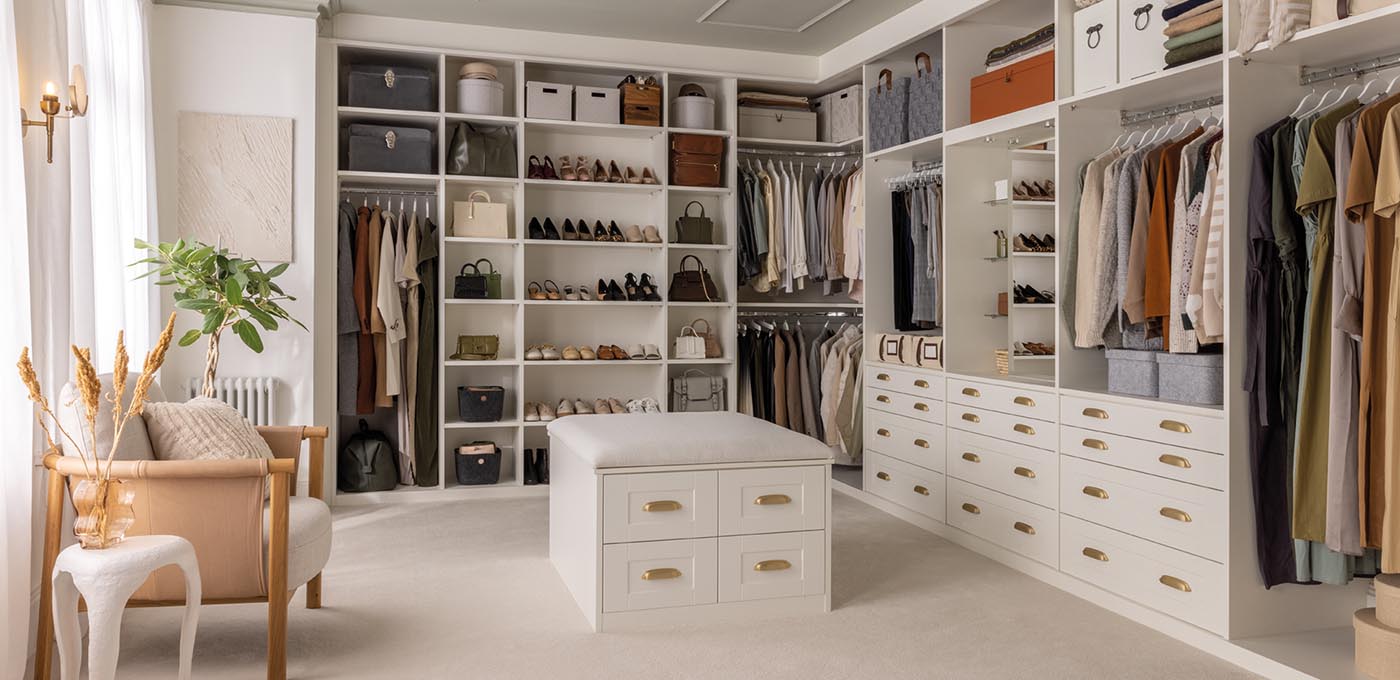

Interior Design
How Do You Lay Out A Walk-In Closet? Expert Organizers Advise
Modified: March 3, 2024
Learn from expert organizers on how to lay out a walk-in closet for optimal functionality and style. Enhance your interior design skills with their insightful advice on space utilization and organization.
(Many of the links in this article redirect to a specific reviewed product. Your purchase of these products through affiliate links helps to generate commission for Storables.com, at no extra cost. Learn more)
Introduction
When it comes to creating an organized and functional walk-in closet, it’s essential to consider the layout carefully. With the right design in place, you can maximize storage capacity, streamline your daily routine, and transform your closet into a stylish and efficient space. However, creating the perfect layout can be a daunting task without expert guidance.
In this article, we will delve into the process of laying out a walk-in closet, providing you with valuable insights from expert organizers. Whether you’re starting from scratch or looking to revamp your existing closet, this comprehensive guide will help you optimize space utilization, choose suitable storage solutions, and establish an efficient organization system.
So let’s dive in and discover the key steps to designing a well-organized and visually pleasing walk-in closet.
Key Takeaways:
- Create a personalized walk-in closet by assessing needs, utilizing vertical space, and choosing the right storage solutions. Incorporate lighting, designated zones, and furniture to enhance functionality and style.
- Maintain an organized walk-in closet through regular decluttering, seasonal rotation, and utilizing storage accessories. Develop good habits, establish a routine, and prioritize ongoing upkeep for a functional and enjoyable space.
Read more: How To Organize A Walk-In Closet
Assessing your needs
Before you begin planning the layout for your walk-in closet, it’s important to assess your needs and take stock of your belongings. Consider the types of items you will be storing, such as clothing, shoes, accessories, and other personal items.
Start by decluttering and sorting through your belongings. This will help you determine how much storage space you require and what type of storage solutions will best accommodate your items. Take note of any specific requirements, such as the need for hanging space, shelves, drawers, or specialty storage for items like jewelry or belts.
Additionally, evaluate your lifestyle and daily routine. Do you need space for work attire, casual clothing, and formal wear? Are you an avid shoe collector? Do you require a designated area for accessories like handbags or ties? Considering these factors will help you create a customized layout that caters to your unique needs.
Take measurements of your available space and consider any limitations or architectural features that may impact the layout. Note the dimensions of the walls, ceiling height, and any obstructions like windows or doors. This information will be crucial during the planning phase.
By thoroughly assessing your needs and understanding the specific requirements of your belongings, you will be better equipped to design a walk-in closet that optimizes space utilization and enhances your daily routine.
Measuring the space
Once you have assessed your needs and decluttered your belongings, the next step is to measure the space available for your walk-in closet. Accurate measurements are crucial for creating a layout that maximizes storage capacity and ensures a seamless flow.
Start by measuring the dimensions of the room, including the length, width, and height. Use a tape measure and record the measurements in both feet and inches. Take note of any alcoves, protruding walls, or unusual features that may affect the layout.
Consider the ceiling height as well. A higher ceiling allows for additional storage opportunities, such as overhead shelves or hanging rods. However, if your ceiling is lower, you will need to plan accordingly to make the most of the available vertical space.
Take precise measurements of windows, doors, and any other fixed elements in the room. This will help you determine the placement of storage units and ensure that they do not obstruct access or natural light.
It’s also essential to measure the depth of the walls accurately. This will help you determine the appropriate depth for shelving and ensure that everything fits seamlessly within the available space.
Remember to measure your existing furniture, such as dressers or shoe racks, if you plan on incorporating them into your walk-in closet. This will give you a clear idea of how these items will fit into the new layout.
Once you have all the measurements, create a scaled diagram of the space on grid paper or using a digital design tool. This will allow you to visualize different layout options and play around with various configurations before finalizing your plan.
By taking precise measurements and visualizing your walk-in closet on paper or a design tool, you can effectively plan the layout and make informed decisions about storage solutions and furniture placement.
Choosing the right storage solutions
One of the most critical aspects of designing a walk-in closet layout is selecting the right storage solutions. The right storage options can help you maximize space utilization, keep your belongings organized, and create a clutter-free environment.
Consider your specific needs and the types of items you will be storing. Here are some popular storage solutions to consider:
- Hanging rods: Hanging rods are essential for storing clothing items that need to be hung, such as dresses, suits, and shirts. Opt for adjustable rods that can be customized to different heights to accommodate varying lengths of clothing.
- Shelves: Shelves provide a versatile storage option, allowing you to fold clothes, stack boxes, and display accessories. Adjustable shelves are ideal as they can be easily modified to fit different items.
- Drawers: Incorporating drawers into your walk-in closet layout is a great way to store smaller clothing items like underwear, socks, and accessories. Look for drawers with dividers or compartments to keep items organized.
- Shoe racks: If you’re a shoe lover, a dedicated shoe rack or shoe shelves are a must. Choose a solution that allows you to store and display your shoes while keeping them easily accessible.
- Bins and baskets: Bins and baskets are perfect for storing items that are not frequently used or for organizing accessories like belts, scarves, or hats. Opt for clear or labeled containers to easily locate specific items.
- Jewelry organizers: Incorporating jewelry organizers, such as trays or wall-mounted displays, can help keep your jewelry tangle-free and easily accessible. Look for options with compartments or hooks to store different types of jewelry.
When choosing storage solutions, consider the material, durability, and aesthetics. Opt for high-quality materials that will withstand daily use and ensure the longevity of your closet organization. Additionally, choose solutions that complement the overall design aesthetic of your walk-in closet.
Remember that a combination of different storage solutions will provide optimal functionality and organization. Tailor your selection to suit your specific needs and ensure that each item in your closet has a designated place.
By carefully choosing the right storage solutions, you can create a walk-in closet that is not only efficient but also visually appealing.
Determining an organization system
Once you have chosen the storage solutions for your walk-in closet, the next step is to establish an organization system that works for you. A well-thought-out organization system will ensure that your belongings are easily accessible, well-maintained, and neatly arranged.
Start by categorizing your items. Divide them into groups based on their type, function, or frequency of use. For example, separate your work attire from your casual wear, or group your accessories by type.
Next, decide on the most logical placement for each category. Consider your daily routine and the items you reach for most frequently. Store those items in easily accessible locations, such as at eye level or within arm’s reach.
Utilize vertical space effectively by placing frequently used items at eye level or slightly above. Less frequently used items can be stored on higher shelves or in labeled storage bins on top shelves.
Create a system for color-coding your clothing, if desired. Organizing by color can make it easier to find specific items and create a visually pleasing display. Sort your clothing by the color spectrum, starting from light to dark or vice versa.
Consider incorporating labels or clear containers to help identify the contents of shelves, drawers, or bins. This can save valuable time when searching for specific items, especially for accessories or smaller items.
When it comes to organizing accessories like scarves, belts, or ties, consider using hooks or specialized hangers. These allow you to keep items visible and easily accessible while preventing them from getting tangled or misplaced.
Effective organization also includes leaving some room for future growth or seasonal items. Allocate some space for new additions to your wardrobe or prepare a section for storing seasonal clothing, such as winter coats or swimwear.
Lastly, remember to periodically review and reassess your organization system as your needs and preferences may change over time. Adjust and modify the layout and organization based on any new items or shifts in your lifestyle.
By determining a well-defined organization system, you can ensure that your walk-in closet remains tidy, functional, and tailored to your personal preferences.
Utilizing vertical space
Maximizing vertical space is key to optimizing the storage capacity and functionality of your walk-in closet. By effectively utilizing the height of your closet, you can create additional storage options and make the most of every inch available.
Start by installing floor-to-ceiling shelving or cabinetry. This allows you to take advantage of the entire height of the closet and provides ample space for organizing folded clothes, boxes, and other items. Adjust the shelves based on the height of your belongings, ensuring that there is enough space between each shelf to accommodate different items.
Another way to maximize vertical space is to install hanging organizers or hooks on the walls. These can be used to hang purses, belts, scarves, or even jewelry. Install hooks of different sizes and arrange them strategically to utilize the available space efficiently. Additionally, wall-mounted shoe racks or hanging shoe organizers can free up valuable floor space and keep your shoes neatly organized.
Consider using vertical storage solutions for items like ties and belts. Install pull-out racks or specialized hangers that allow you to hang these accessories vertically. This not only saves space but also keeps them easily visible and accessible.
If your closet has high ceilings, consider adding a mezzanine or elevated storage area. This can be used to store infrequently used items or seasonal clothing, maximizing the use of the vertical space while keeping these items out of the way.
Utilize the back of the closet door by installing door-mounted organizers. These can be used for storing jewelry, cosmetics, or smaller items like sunglasses or keys. Over-the-door shoe organizers are also a great way to maximize space without taking up additional floor or shelf space.
Don’t forget to account for lighting when utilizing vertical space. Install adjustable spotlights or LED strips on the underside of upper shelves to illuminate the lower areas of your closet. This ensures that every corner is well-lit and easily visible.
By making use of the vertical space in your walk-in closet, you can significantly increase the storage capacity and create a more organized and functional environment. Think vertically when planning your layout, and make the most of every available inch of space.
When laying out a walk-in closet, start by categorizing your clothing and accessories. Use storage solutions like shelves, drawers, and hanging rods to maximize space and keep items organized. Consider adding a mirror and proper lighting for functionality.
Creating designated zones
Creating designated zones within your walk-in closet is a crucial step in maintaining organization and optimizing functionality. By dividing your closet into specific areas for different types of items, you can easily locate what you need and ensure a streamlined and efficient experience.
Here are some key zones to consider when designing your walk-in closet:
- Clothing zone: This zone is dedicated to storing your clothing items. Within this zone, consider organizing your clothes by category, such as shirts, pants, dresses, and jackets. Use hanging rods, shelves, and drawers to create separate storage areas for each type of clothing.
- Shoe zone: Allocate a designated area for your shoe collection. Use shoe racks or shelves to display and store your footwear. Consider organizing your shoes by type (heels, flats, sneakers) or by frequency of use for easy access.
- Accessory zone: Create a zone specifically for accessories like belts, scarves, ties, and jewelry. Install hooks, hangers, or specialized organizers to keep these items easily visible and accessible.
- Storage zone: Designate a section of your closet for storing items that are not in regular use. This can include seasonal clothing, luggage, or storage boxes. Use higher shelves or upper cabinets for these items to keep them out of the way.
- Dressing zone: Dedicate a small area of your walk-in closet as a dressing zone. Install a full-length mirror and provide a comfortable seating option, such as an ottoman or a chair. This zone will serve as a space where you can try on outfits and make final adjustments before heading out.
Labeling or color-coding each zone can also help maintain organization and ensure that everything is returned to its designated spot. This makes it easier to locate items quickly and maintain a visually pleasing aesthetic.
Consider the flow and accessibility of each zone within your walk-in closet. Ensure that frequently used items are easily reachable, while items that are less frequently used can be stored in the less accessible areas. This will save you time and effort when getting ready and maintaining the organization of your closet.
Creating designated zones within your walk-in closet will help you establish order and structure, making it effortless to find what you need and keep everything well-organized.
Incorporating lighting
Proper lighting is an essential element when designing a walk-in closet. It not only enhances the overall ambiance of the space but also ensures that every corner is well-illuminated, making it easier to locate and select items.
Here are some tips for incorporating lighting into your walk-in closet:
- Natural light: If your walk-in closet has windows, make the most of natural light. Avoid blocking the windows with shelves or storage units. Instead, position your hanging rods or mirrors to reflect the natural light and brighten the space.
- Overhead lighting: Install an overhead light fixture or recessed lighting to provide general illumination throughout the entire closet. Consider using LED or fluorescent bulbs for energy efficiency and a bright, cool light source.
- Task lighting: Incorporate task lighting in specific areas where focused illumination is needed, such as near the dressing mirror or inside drawers and cabinets. Use mounted or freestanding lights with adjustable arms or spotlights to provide adequate lighting for specific tasks, such as choosing accessories or applying makeup.
- Ambient lighting: Create a cozy and inviting atmosphere by adding ambient lighting. Use wall sconces, string lights, or LED strips in strategic places to provide indirect lighting and add visual interest to your walk-in closet.
- Lighting controls: Consider installing dimmer switches or smart lighting controls to adjust the intensity of the light according to your needs and create different moods. This allows you to customize the lighting based on the time of day or specific activities.
- Lighting for display: If you have a section of your closet dedicated to showcasing certain items, such as a display shelf for handbags or a collection of accessories, install small spotlights or track lighting to highlight these pieces and create a focal point.
It’s important to ensure that the lighting is evenly distributed and that there are no shadowy areas in your walk-in closet. Pay attention to the placement and direction of the light fixtures to minimize glare and maximize visibility.
Lastly, consider utilizing motion sensor lights or automatic switches that turn on when you enter the closet and turn off when you leave. This not only adds convenience but also helps save energy.
Incorporating proper lighting into your walk-in closet will enhance its functionality, make it easier to navigate, and showcase your belongings in the best light.
Maximizing storage capacity
Maximizing storage capacity is a top priority when designing a walk-in closet. Efficient storage solutions are essential for utilizing every inch of space and ensuring that your belongings are organized and easily accessible. Here are some strategies to help you make the most out of your storage capacity:
- Utilize vertical space: As mentioned earlier, vertical space is key. Install floor-to-ceiling shelves, use hooks or hanging organizers on the walls, and consider adding overhead storage units. By using every available inch of vertical space, you can significantly increase storage capacity.
- Optimize closet corners: Corners are often underutilized in walk-in closets. Install corner shelves or utilize corner hanging rods to maximize storage in these areas. Consider rotating storage units or carousel-style organizers for easy access to items tucked in the corners.
- Use specialized storage solutions: Invest in storage solutions designed specifically for efficient use of space. This includes pull-out drawers, shoe racks, pull-down hanging rods, and multi-tiered hangers. These specialized solutions allow you to organize and store more items in a compact manner.
- Consider modular storage units: Modular storage units allow you to customize your closet layout based on your changing needs. These units typically consist of interchangeable shelves, drawers, and hanging rods, allowing you to reconfigure the storage as required.
- Utilize the back of doors and walls: Make use of the often-overlooked space on the back of closet doors and walls. Install hooks, hanging organizers, or mounted shelves to store items like scarves, belts, or accessories.
- Use boxes, bins, and dividers: Utilize boxes, bins, and dividers to keep smaller items, like socks, ties, or jewelry, organized and easily accessible. These storage containers can be placed on shelves or in drawers to maximize space and prevent clutter.
- Store seasonal items separately: If you have limited space, consider storing seasonal clothing or items in separate storage containers or in alternate locations, such as under-bed storage or a separate closet. This frees up space in your walk-in closet for items you use regularly.
- Regularly declutter and reevaluate: To maintain maximum storage capacity, periodically declutter your walk-in closet and reevaluate your storage solutions. Remove items you no longer need or use, and reassess the effectiveness of your organization system to make any necessary adjustments.
By utilizing these strategies and being intentional with your storage choices, you can maximize the storage capacity in your walk-in closet and create a well-organized space that efficiently accommodates your belongings.
Read more: What Is A Walk-in Closet
Deciding on furniture and accessories
Choosing the right furniture and accessories for your walk-in closet is essential to enhance functionality, organization, and aesthetics. The right pieces can maximize storage space, provide seating options, and add a touch of style to your closet. Here are some factors to consider when deciding on furniture and accessories:
- Storage furniture: Consider incorporating storage furniture such as dressers, cabinets, or ottomans with hidden storage compartments. These pieces not only provide additional storage space but also serve as functional surfaces for folding clothes or trying on shoes.
- Seating: Including seating options in your walk-in closet can provide convenience and comfort. A bench, ottoman, or cozy chair can be useful for putting on shoes, deliberating outfit choices, or simply relaxing in your private sanctuary.
- Mirrors: Mirrors are a must-have in any walk-in closet. A full-length mirror allows you to assess your outfits from head to toe and helps you make confident fashion decisions. Consider situating the mirror in a well-lit area to ensure optimal visibility.
- Jewelry organizers and display stands: Incorporating jewelry organizers, such as trays, hanging racks, or hooks, can keep your precious items organized and tangle-free. Display stands for watches or accessories can also add a stylish touch while allowing easy access to your favorite pieces.
- Decorative accents: Add personal touches to your walk-in closet with decorative accents such as artwork, plants, or stylish storage boxes. These accents can enhance the overall aesthetics of the space and make it feel more inviting and personalized.
- Ironing board and laundry hamper: If space allows, consider including an ironing board or a fold-down ironing panel in your walk-in closet. This makes it convenient to quickly iron clothes or touch up any wrinkles. A laundry hamper or basket can also keep dirty clothes organized until laundry day.
- Technology integration: To add a touch of modernity, consider integrating technology into your walk-in closet. This can include built-in speakers for playing your favorite music, a charging station for electronic devices, or even a smart lighting system with voice control.
When selecting furniture and accessories, consider the overall style and theme of your walk-in closet. Choose pieces that complement the existing design elements, such as colors, materials, and finishes. Additionally, prioritize functionality and ensure that each furniture item serves a practical purpose while maximizing storage and organization.
Remember that less is often more when it comes to furniture and accessories in a walk-in closet. Aim for a clean and clutter-free look, allowing your storage solutions and wardrobe items to take center stage.
By carefully selecting furniture and accessories, you can enhance both the functionality and aesthetic appeal of your walk-in closet, creating a space that is both stylish and efficient.
Maintaining and organizing the closet
Maintaining an organized walk-in closet is just as important as designing the layout and selecting the right storage solutions. Regular upkeep and organization will ensure that your closet remains functional, clutter-free, and easy to navigate. Here are some tips for maintaining and organizing your walk-in closet:
- Regular decluttering: Set aside time periodically to declutter your closet. Take stock of your belongings and remove any items that you no longer need or use. Donate or sell clothes that no longer fit or are out of style, and get rid of any damaged or worn-out items.
- Seasonal rotation: As the seasons change, rotate your clothing to ensure that the items appropriate for the current season are readily accessible. Store off-season clothing in labeled boxes or in a separate storage area to free up space in your closet.
- Organization systems: Maintain the organization systems you have set in place. Return items to their designated spots after use to avoid clutter and ensure easy access. Keep the designated zones intact and avoid mixing different types of items.
- Utilize labels and dividers: Labels and dividers can be incredibly helpful in maintaining organization. Use them to identify specific shelves, drawers, or bins. This will make it easier to find and return items to their proper place.
- Regular cleaning: Dust, vacuum, and wipe down surfaces in your walk-in closet regularly. This will help keep the space clean and free from any dirt or dust that could potentially damage your clothing or accessories.
- Invest in storage accessories: Explore different storage accessories, such as drawer dividers, shelf organizers, or bins with compartments, to maintain neatly arranged and easily accessible items. These accessories can help prevent items from becoming jumbled or disorganized.
- Edit your wardrobe: Periodically review your clothing collection and assess if there are any items that no longer fit your style or lifestyle. Letting go of clothes that no longer serve you will free up space and make it easier to maintain an organized closet.
- Develop a routine: Establish a routine for organizing your walk-in closet. This can include setting aside a specific day or time each week to assess the state of your closet, declutter, and reorganize as needed.
- Maintain good habits: Encourage everyone in your household to follow good organization habits when using the walk-in closet. Teach family members to return items to their proper places and avoid leaving items lying around. This will help keep the space organized on a daily basis.
Remember, maintaining an organized walk-in closet is an ongoing process. It requires dedication to regular upkeep and a commitment to staying organized. However, the effort is well worth it, as it will save you time and ensure that your walk-in closet remains a functional and enjoyable space.
Conclusion
Designing and organizing a walk-in closet is an exciting endeavor that allows you to create a personalized space tailored to your storage needs and personal style. By following expert advice and incorporating thoughtful strategies, you can transform your walk-in closet into a functional and aesthetically pleasing oasis.
Start by assessing your needs and measuring the available space to gain a clear understanding of your requirements. Choose the right storage solutions, such as hanging rods, shelves, and drawers, to accommodate your belongings effectively. Determine an organization system that categorizes items and utilizes designated zones for different types of items.
Make optimal use of vertical space, incorporating solutions like floor-to-ceiling shelving, hooks, and specialized hangers. Ensure adequate lighting by incorporating overhead lighting, task lighting, and ambient lighting to brighten and highlight different areas within the closet.
Consider the furniture and accessories that will enhance both functionality and style, choosing pieces that provide additional storage, seating options, and decorative accents. Regularly maintain and organize your walk-in closet by decluttering, rotating seasonal items, and utilizing storage accessories to keep everything tidy and easily accessible.
Remember, maintaining an organized walk-in closet is an ongoing process that requires diligence and commitment. By implementing the strategies outlined in this article, you can create a walk-in closet that not only meets your practical needs but also brings joy and harmony to your daily routine.
With careful planning, attention to detail, and a dose of creativity, your walk-in closet can become a space that showcases your personal style while providing a functional and organized haven for your belongings.
Frequently Asked Questions about How Do You Lay Out A Walk-In Closet? Expert Organizers Advise
Was this page helpful?
At Storables.com, we guarantee accurate and reliable information. Our content, validated by Expert Board Contributors, is crafted following stringent Editorial Policies. We're committed to providing you with well-researched, expert-backed insights for all your informational needs.
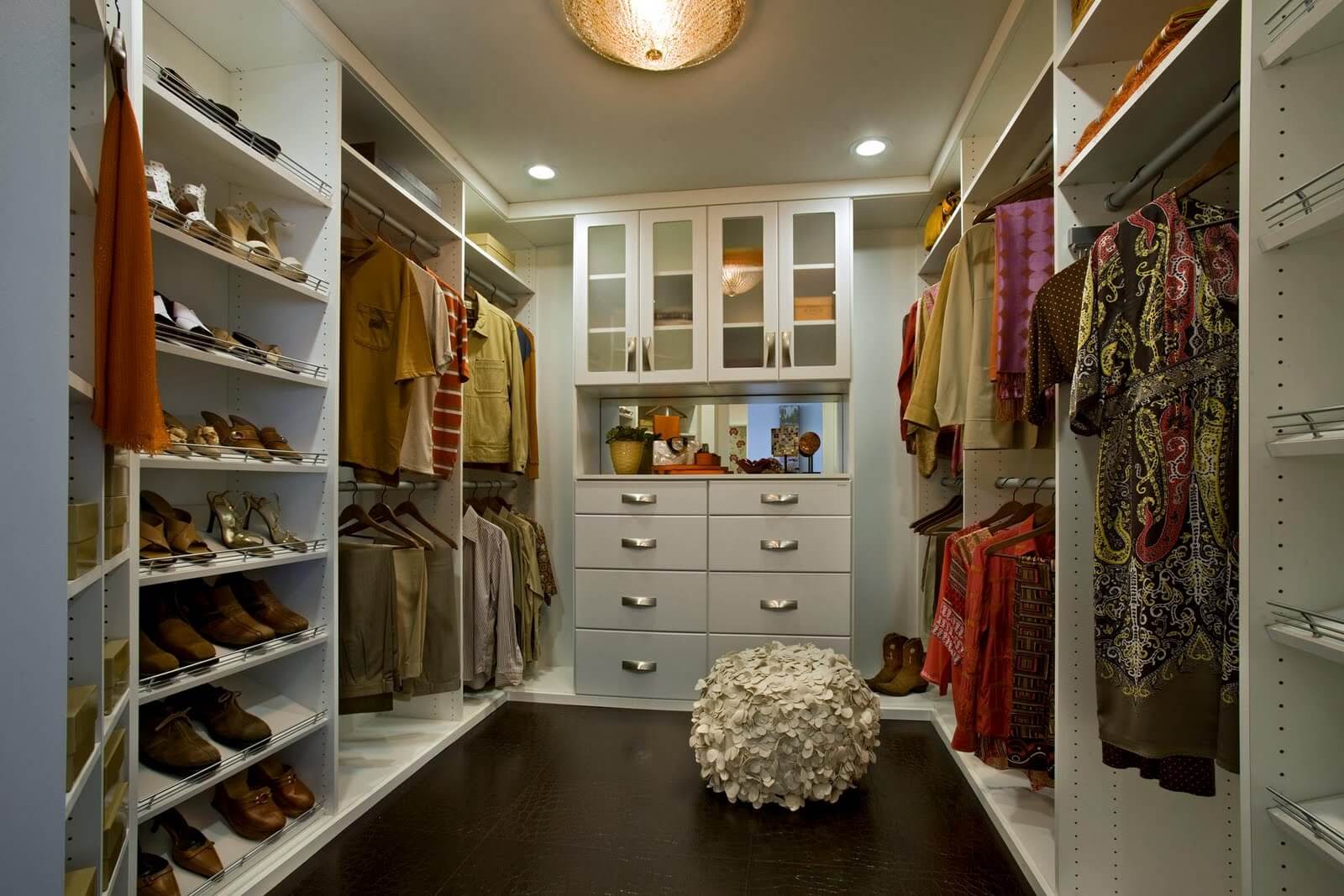
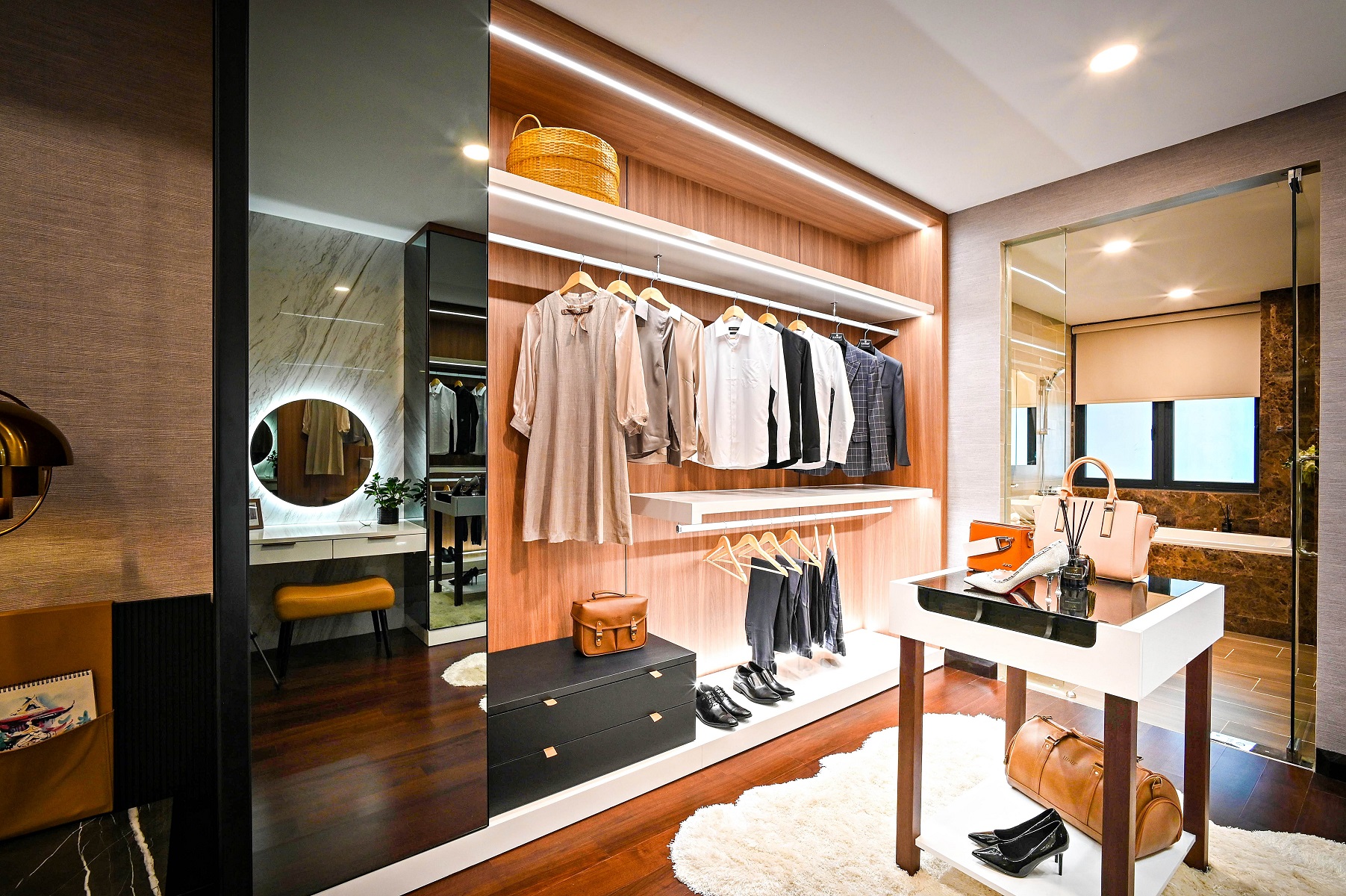
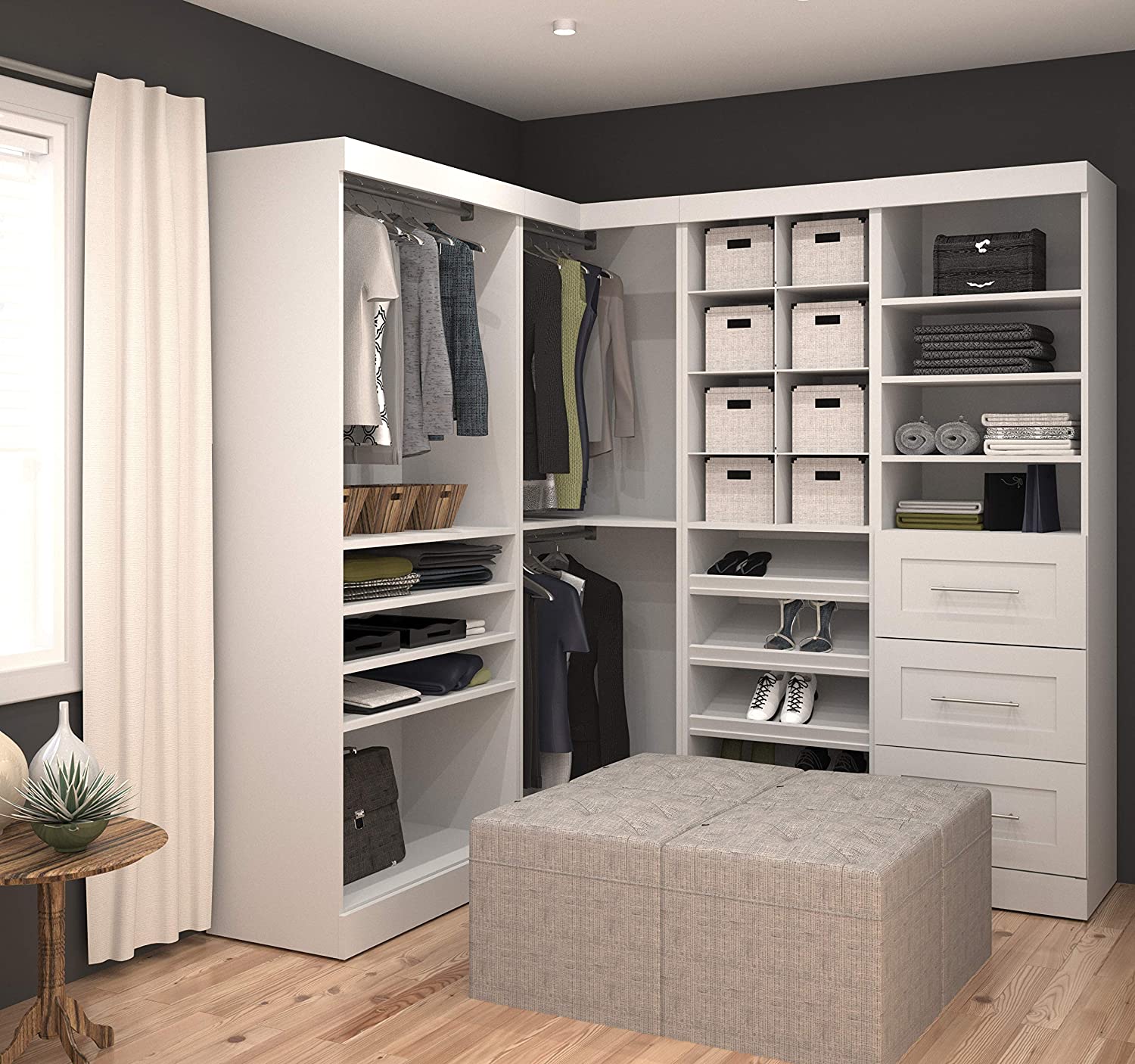
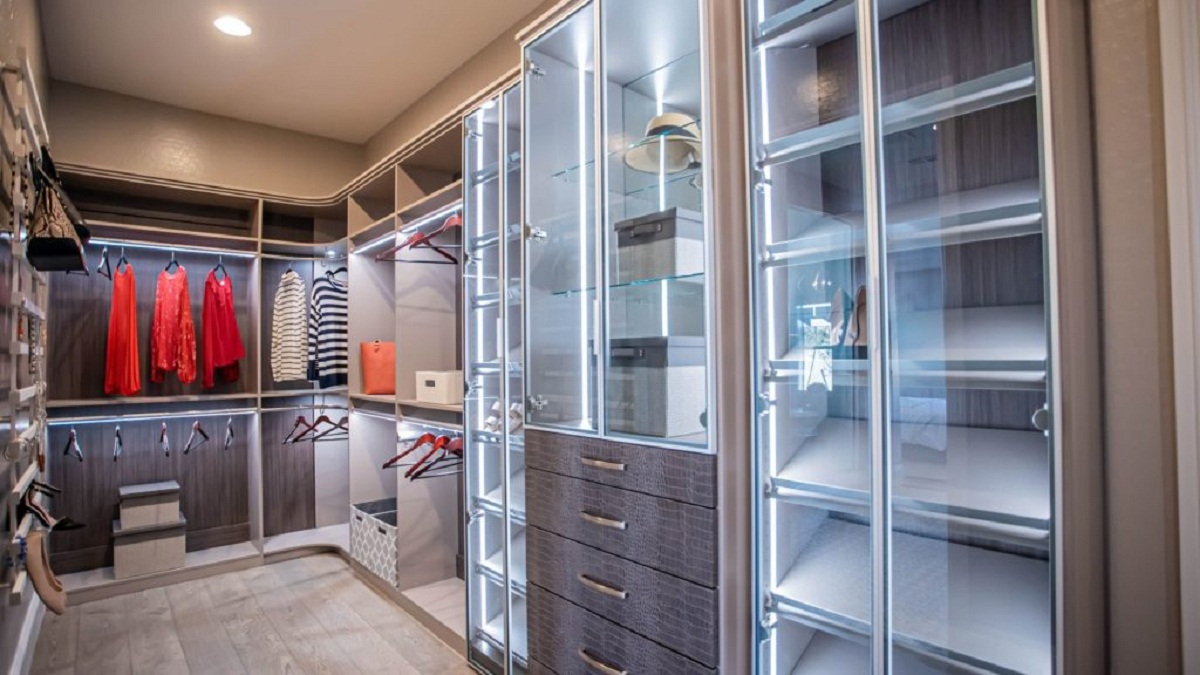
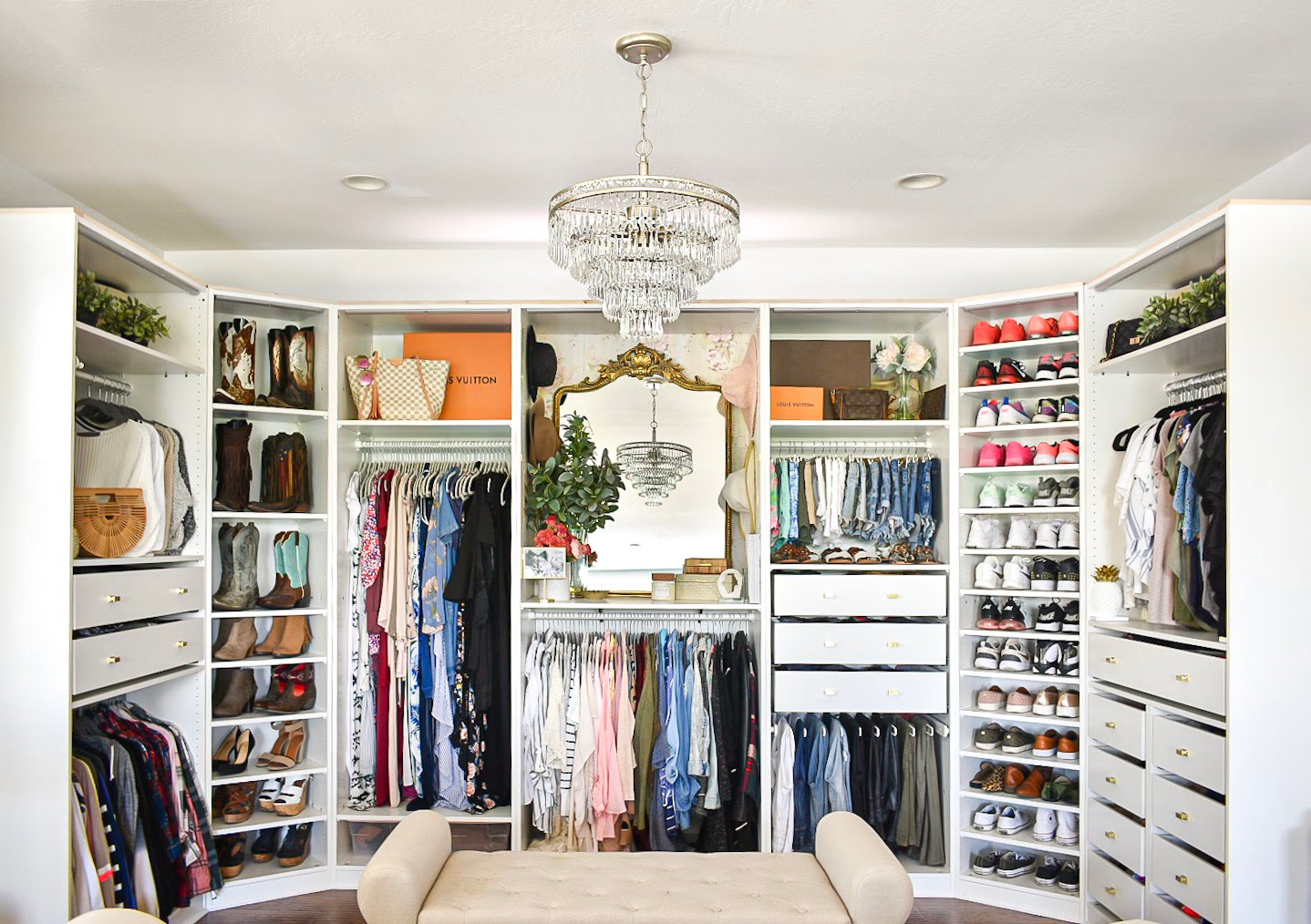
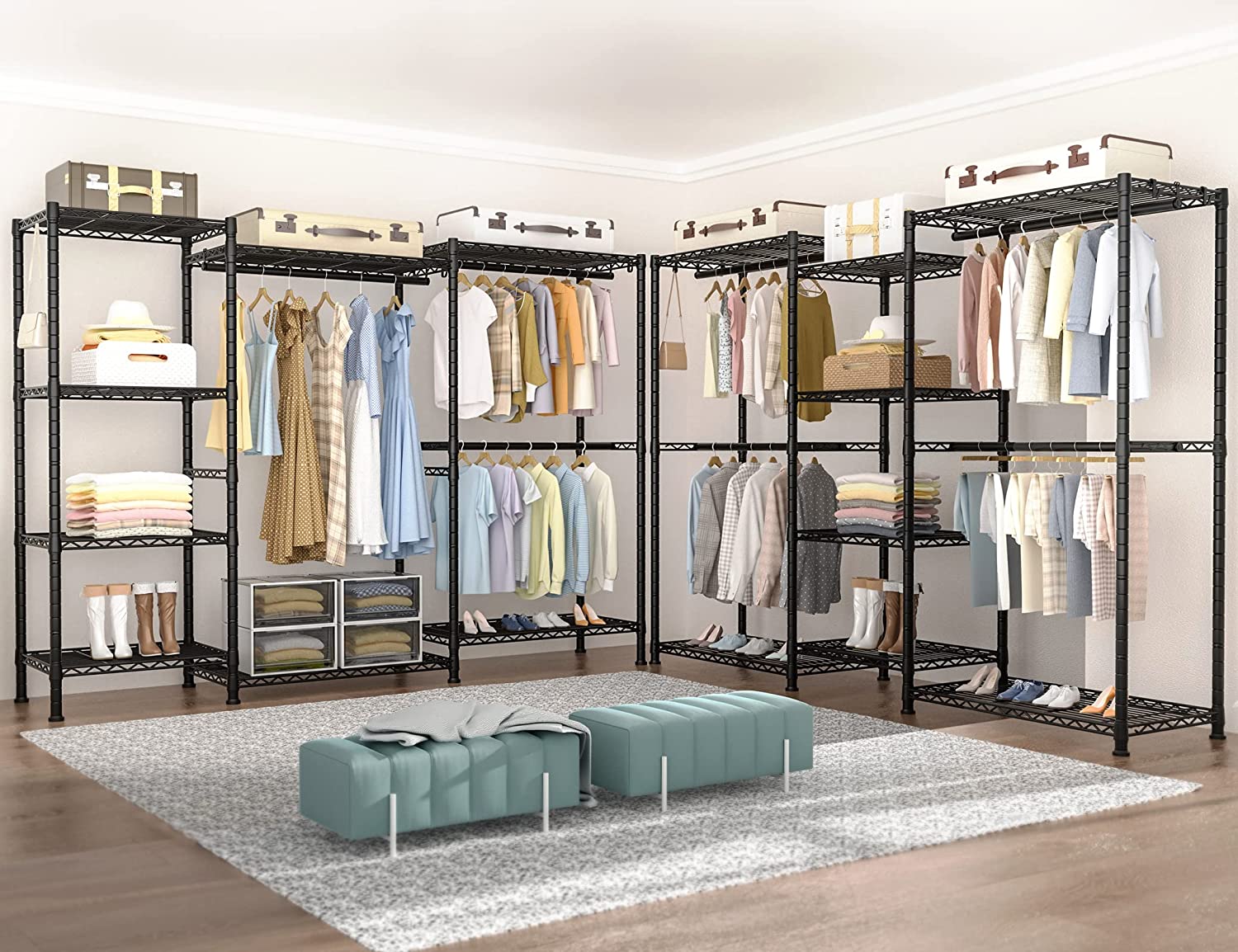
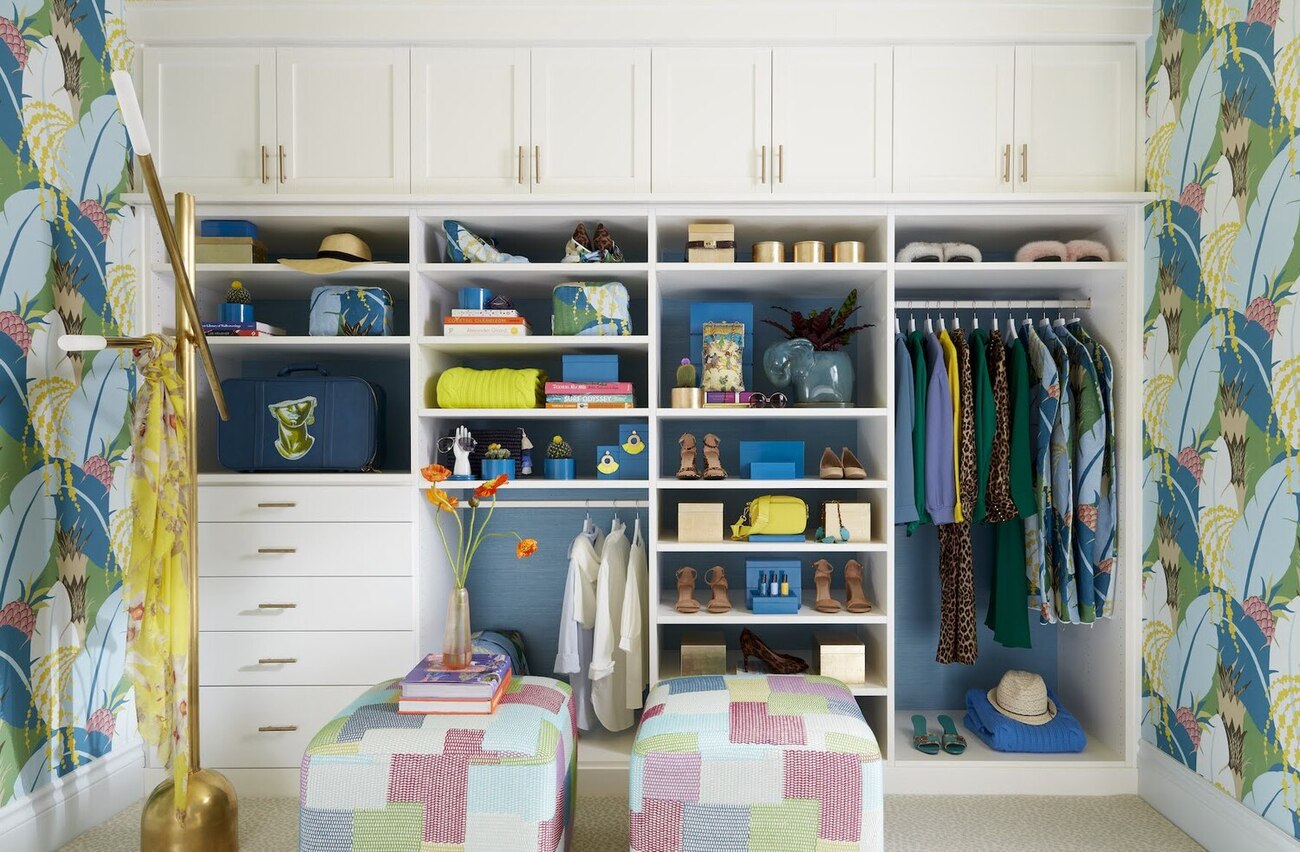
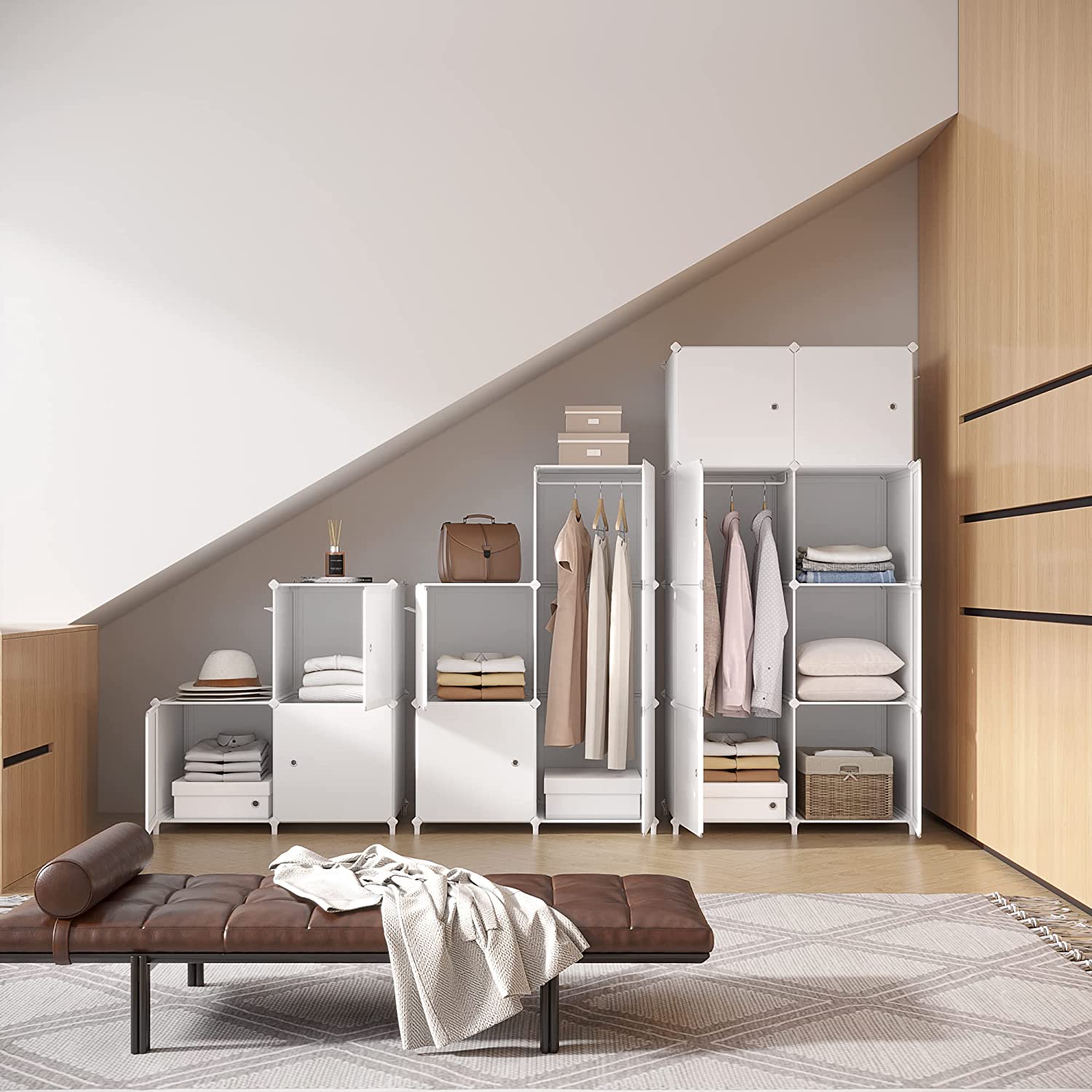
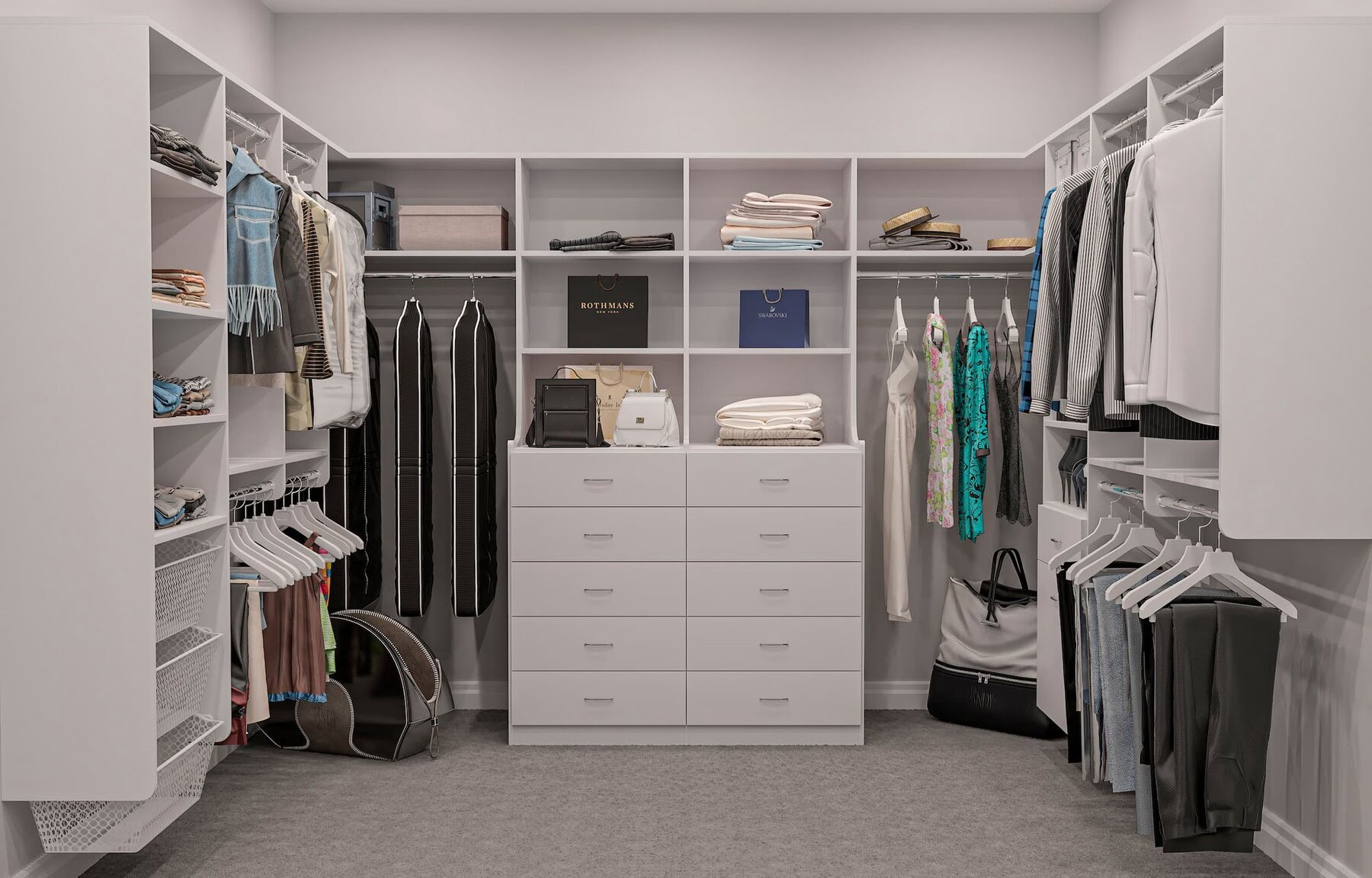

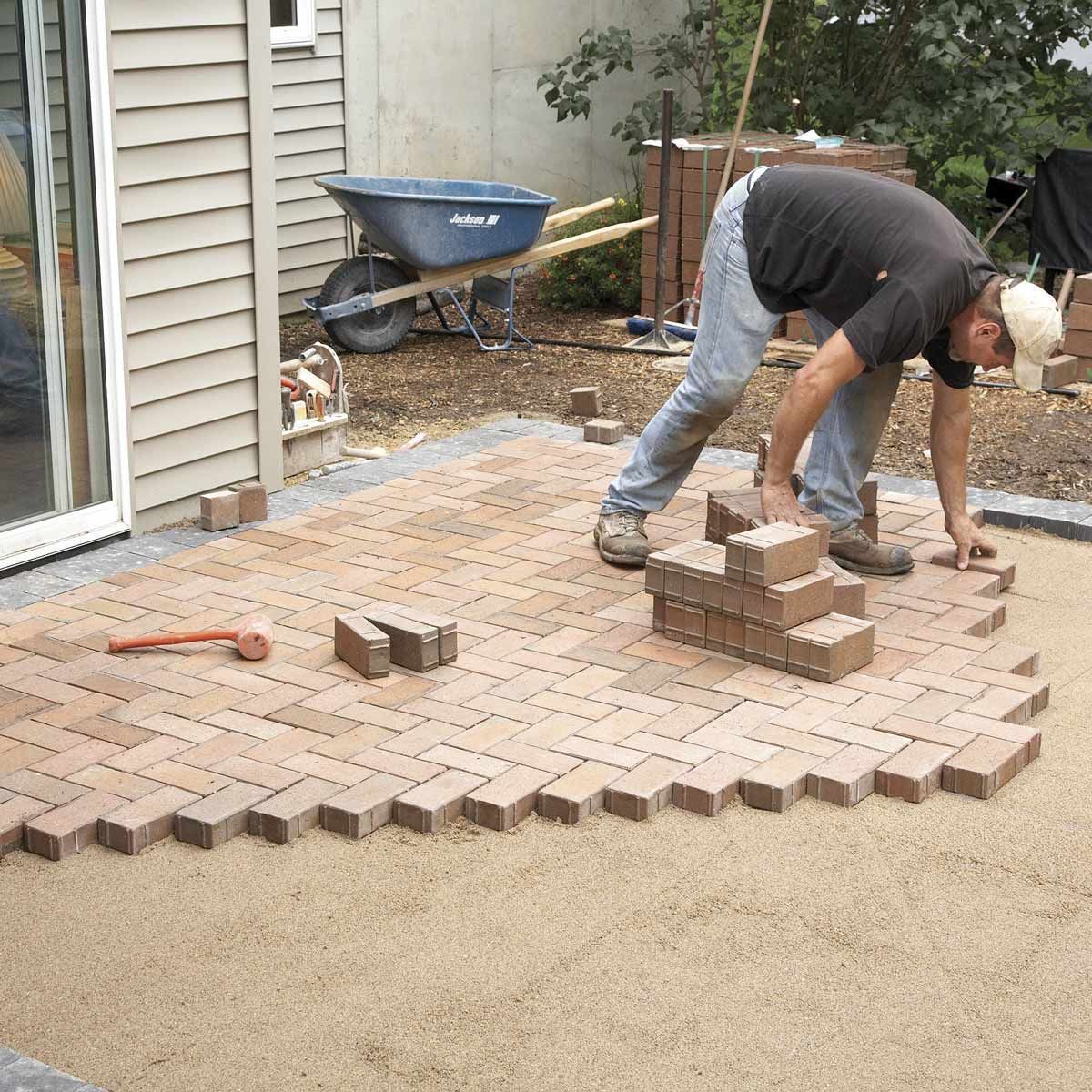
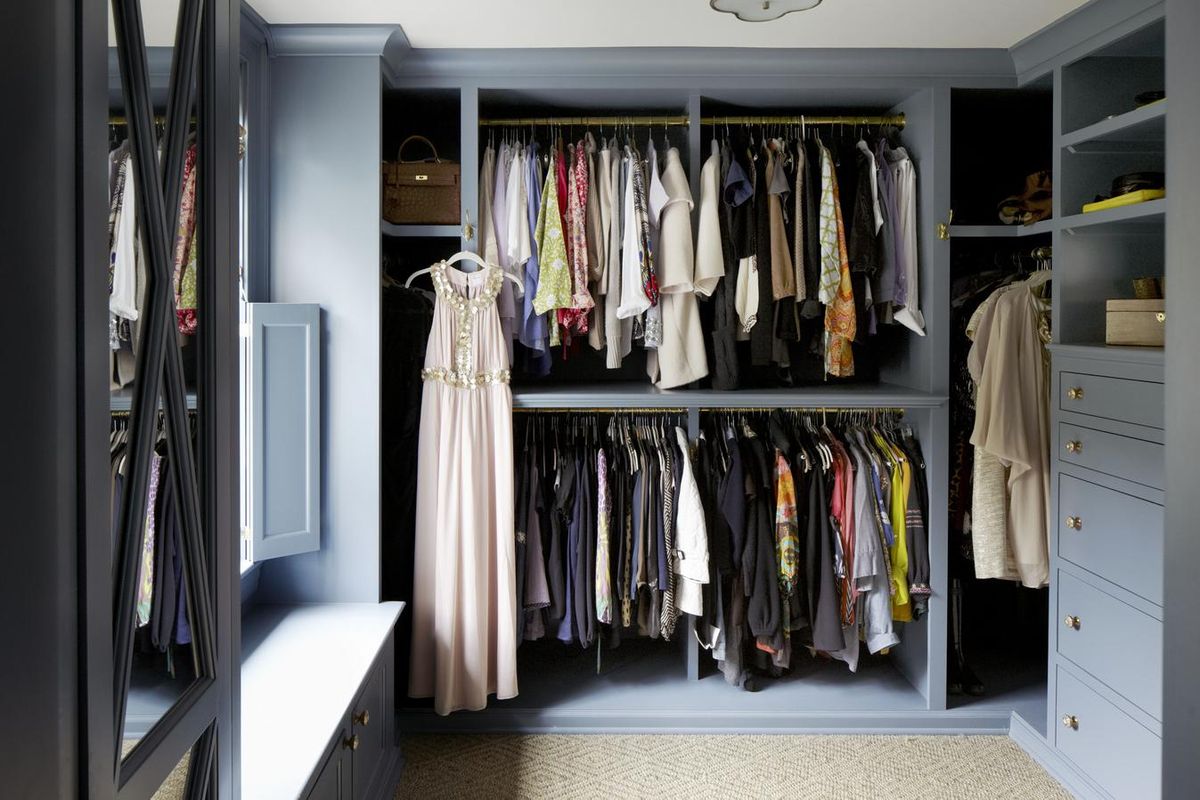
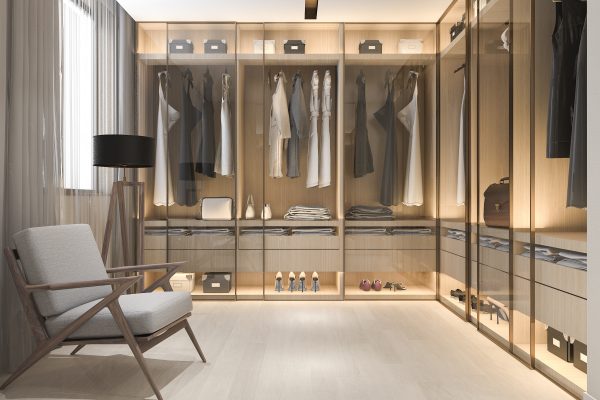

0 thoughts on “How Do You Lay Out A Walk-In Closet? Expert Organizers Advise”